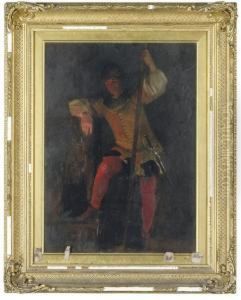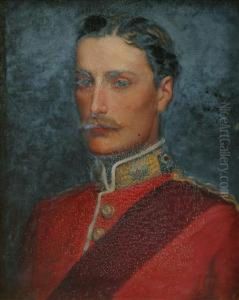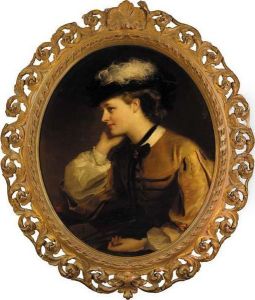Henry, Weigall Jnr. Paintings
Henry Weigall Jr. was a British portrait painter born in 1829, into a family with a strong artistic lineage. His father, Henry Weigall Sr., was also a notable artist, which provided a nurturing environment for young Henry's budding talents. Throughout his life, Weigall Jr. would develop a reputation for his exceptional skill in capturing the likenesses and personalities of his subjects, making significant contributions to the Victorian era's portrait art.
Weigall's education and training in art were comprehensive, reflecting the standards of the time for artists of his calibre. He studied at prestigious institutions and under renowned artists, honing his technique and understanding of the human form. This education laid a solid foundation for his career, and by the mid-19th century, Weigall had established himself as a sought-after portraitist among the British aristocracy and gentry.
His oeuvre comprises portraits of many significant figures of his time, including members of the royal family, politicians, and celebrities of the Victorian society. Weigall's style was characterized by its realism and attention to detail, qualities that made his works highly valued by his contemporaries. He was adept at both oil painting and watercolor, allowing him a versatility in commissions and artistic expression.
Beyond his contributions to portraiture, Weigall's influence extended into the broader art community of Britain. He was an active member of various art societies and participated in numerous exhibitions, including those at the Royal Academy of Arts, where his works were frequently showcased. His career not only reflected the artistic trends of his time but also contributed to shaping the public's appreciation for portrait art.
Henry Weigall Jr.'s death in 1925 marked the end of an era for British portrait painting. He left behind a legacy that was not only measured by the portraits that adorned the walls of prestigious institutions and private collections but also by the impact he had on the generations of artists who followed. His life and work remain a subject of study for art historians, offering insights into the evolution of portrait painting in the 19th and early 20th centuries.


